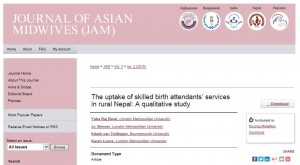 At the very end of December, one more academic paper on maternity care in Nepal from the Centre for Midwifery, Maternal and Neonatal Health (CMMPH). Our latest paper ‘The uptake of skilled birth attendants’ services in rural Nepal: A qualitative study’ was published today in the Journal of Asian Midwives [1]. The paper is co-authored with colleagues from London Metropolitan University, and is the third in a series based on the PhD project of the first author Dr. Yuba Raj Baral [1-3]. The Journal of Asian Midwives is an Open Access journal hence the paper is freely available across the globe.
At the very end of December, one more academic paper on maternity care in Nepal from the Centre for Midwifery, Maternal and Neonatal Health (CMMPH). Our latest paper ‘The uptake of skilled birth attendants’ services in rural Nepal: A qualitative study’ was published today in the Journal of Asian Midwives [1]. The paper is co-authored with colleagues from London Metropolitan University, and is the third in a series based on the PhD project of the first author Dr. Yuba Raj Baral [1-3]. The Journal of Asian Midwives is an Open Access journal hence the paper is freely available across the globe.
Prof. Edwin van Teijlingen
CMMPH
- Baral, YR., Lyons, K., van Teijlingen, ER., Skinner, J., (2016) The uptake of skilled birth attendants’ services in rural Nepal: A qualitative study, Journal of Asian Midwives 3(2): 7-25.
- Baral, YR, Lyons, K., Skinner, J, van Teijlingen, ER (2012) Maternal health services utilisation in Nepal: Progress in the new millennium? Health Science Journal 6(4): 618-633. www.hsj.gr/volume6/issue4/644.pdf
- Baral, Y.R, Lyons, K., Skinner, J, van Teijlingen, E. (2010) Determinants of skilled birth attendants for delivery in Nepal Kathmandu University Medical Journal 8(3): 325-332. http://www.kumj.com.np/issue/31/325-332.pdf
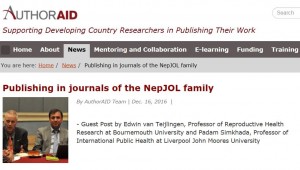
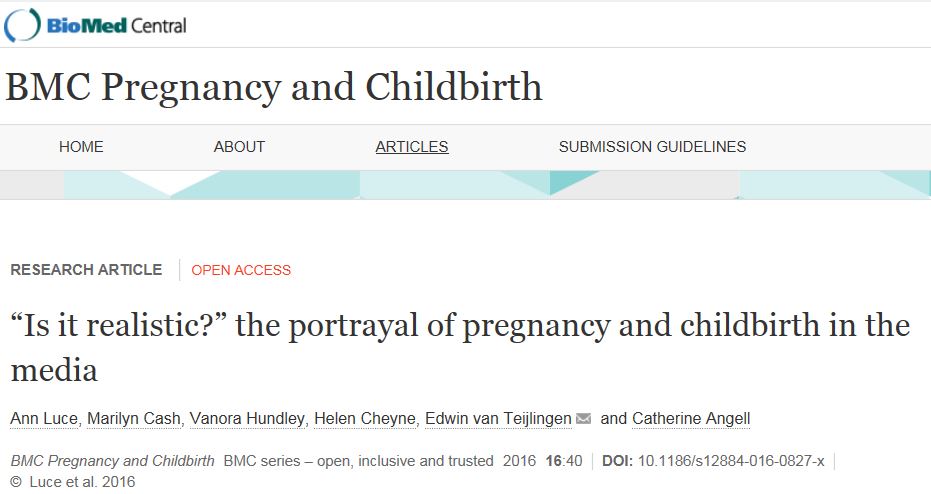
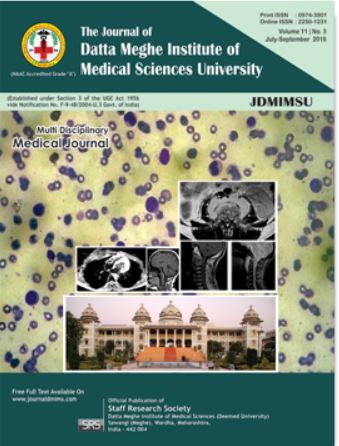
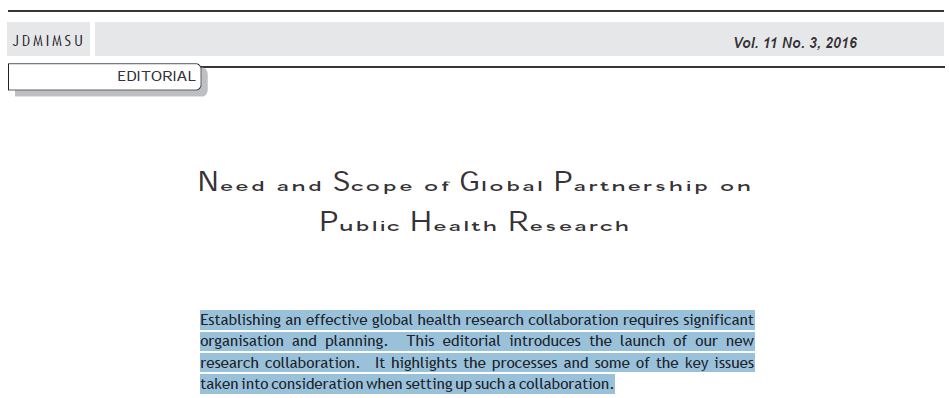
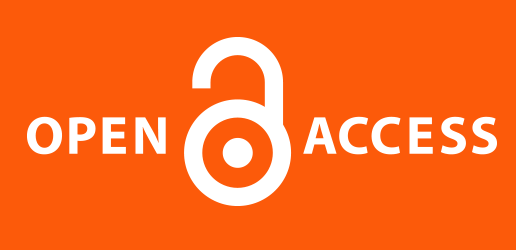 BU has an agreement with Springer which enables its authors to publish articles open access in one of the Springer Open Choice journals at no additional cost.
BU has an agreement with Springer which enables its authors to publish articles open access in one of the Springer Open Choice journals at no additional cost. 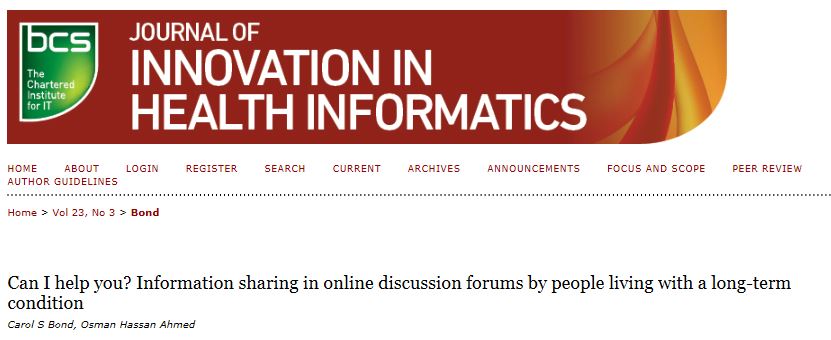
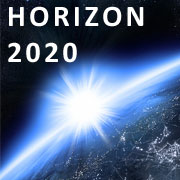 Open access to peer reviewed publications has been anchored as an underlying principle in the Horizon 2020 and is explained in the
Open access to peer reviewed publications has been anchored as an underlying principle in the Horizon 2020 and is explained in the 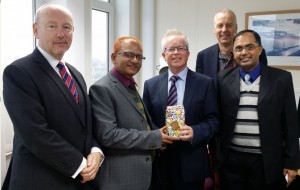
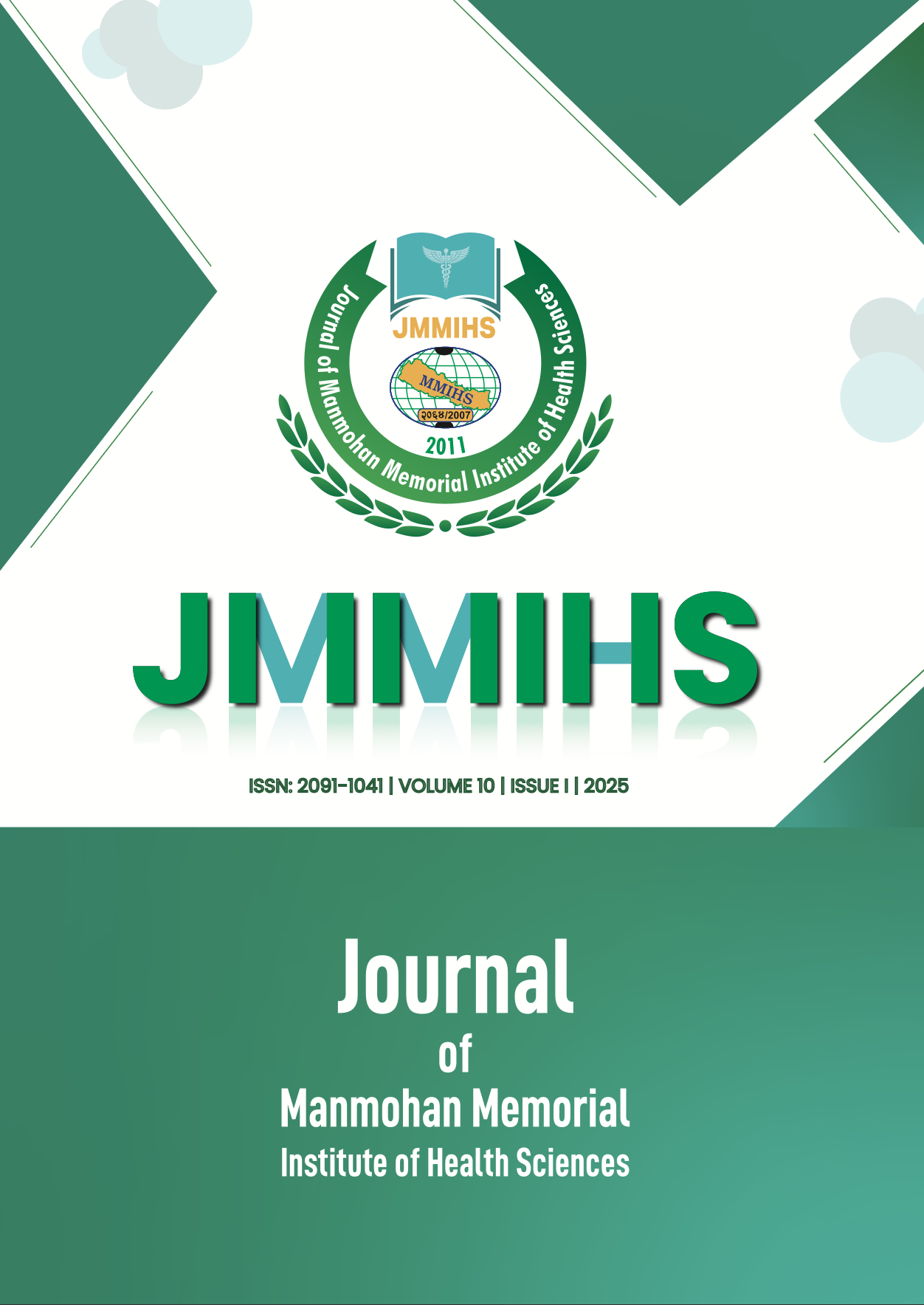 MMIHS publishes its own journal the
MMIHS publishes its own journal the 
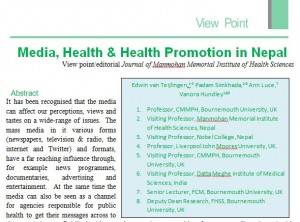

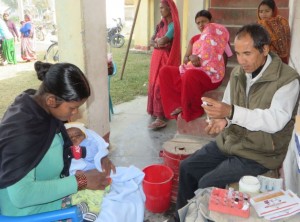
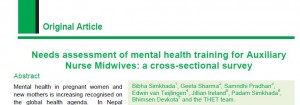
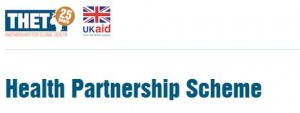
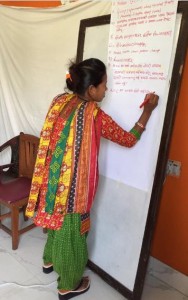


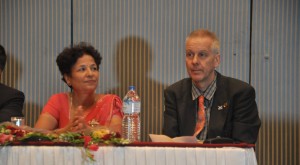












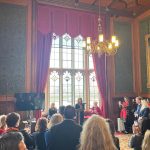 Today’s Documentation Will Serve Tomorrow’s Justice
Today’s Documentation Will Serve Tomorrow’s Justice Up2U: New BU academic publication
Up2U: New BU academic publication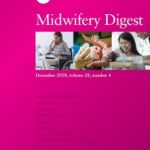 New BU midwifery paper
New BU midwifery paper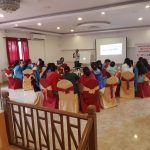 BU academic publishes in online newspaper in Nepal
BU academic publishes in online newspaper in Nepal Final day of the ESRC Festival of Social Science
Final day of the ESRC Festival of Social Science ECR Funding Open Call: Research Culture & Community Grant – Application Deadline Friday 12 December
ECR Funding Open Call: Research Culture & Community Grant – Application Deadline Friday 12 December MSCA Postdoctoral Fellowships 2025 Call
MSCA Postdoctoral Fellowships 2025 Call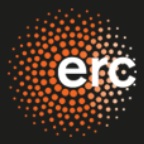 ERC Advanced Grant 2025 Webinar
ERC Advanced Grant 2025 Webinar Horizon Europe Work Programme 2025 Published
Horizon Europe Work Programme 2025 Published Horizon Europe 2025 Work Programme pre-Published
Horizon Europe 2025 Work Programme pre-Published Update on UKRO services
Update on UKRO services European research project exploring use of ‘virtual twins’ to better manage metabolic associated fatty liver disease
European research project exploring use of ‘virtual twins’ to better manage metabolic associated fatty liver disease